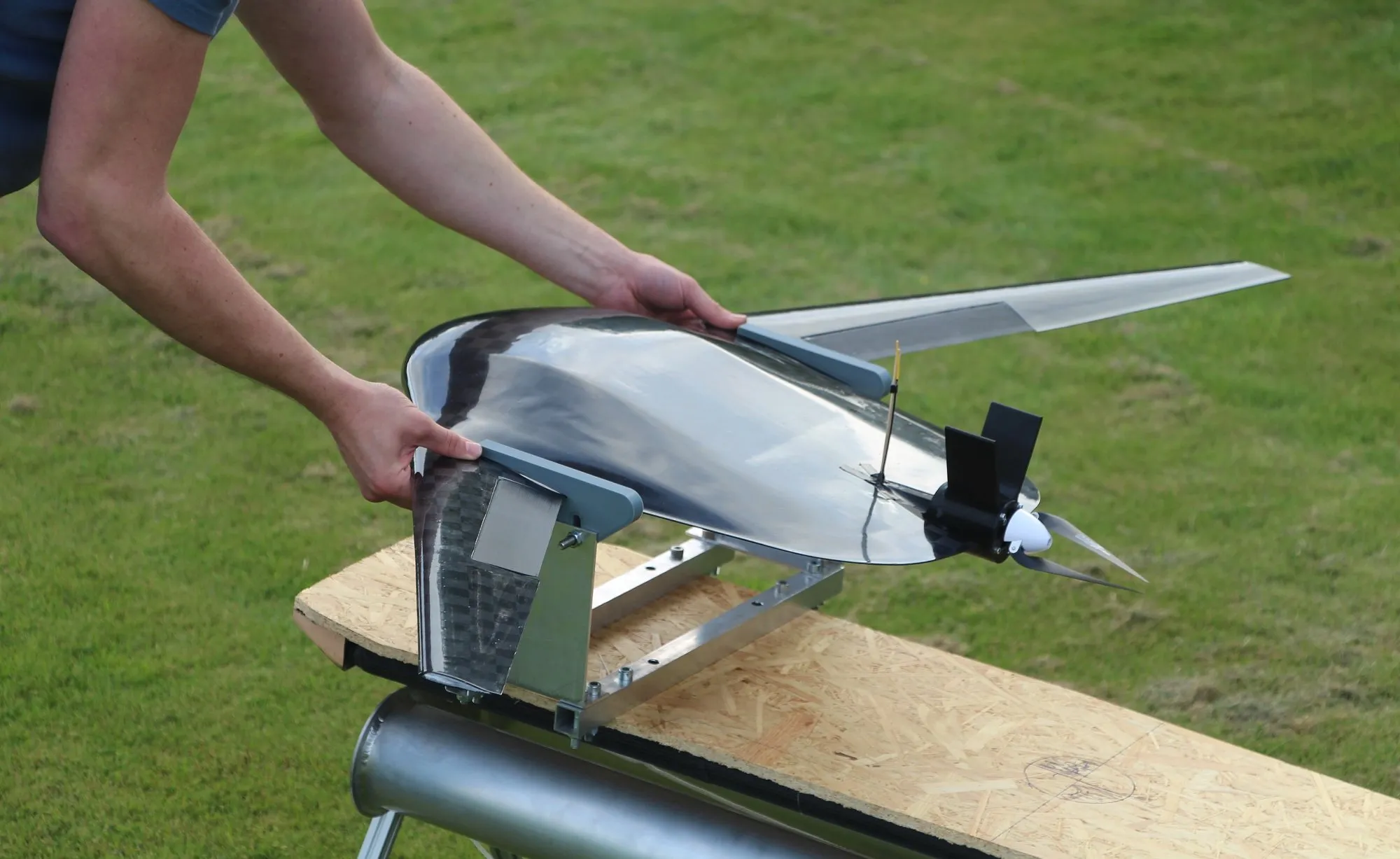A team from Chalmers University of Technology in Sweden has begun work on the development of a fully autonomous drone system for use in rescue operations at sea.
The ‘Quadcopter, fixed-wing and marine drones for search and rescue’ project is building a system that will see water and air-based drones working together as a group, using their own communication systems to independently search an area, alert authorities to people in distress and provide basic assistance before crewed rescue vehicles can arrive.
The drone system consists of three linked components: a marine catamaran drone called Seacat, which serves as a base for the other drones, a fleet of winged aerial drones that monitor the surrounding area, and a quadcopter that can approach people in distress and deliver items such as supplies, healthcare aids or flotation devices.
The quadcopter – a drone that has four engines and the ability to hover – can carry loads weighing up to about two kilograms.
“The project is based on the simple principle that different drones have different advantages, and by allowing several different types of autonomous drones to work together search efficiency and rescue response speed can be significantly improved, with the potential to save more lives,” said Xin Zhao, a post-doc researcher in the Fluid Mechanics Division at Chalmers.
The central Seacat marine drone will have internet connectivity as well as a local communications link that is used to coordinate the flying drones. It also includes a launch pad for the fixed-wing units.
All airborne drones are equipped with cameras and a positioning system, and can move fully autonomously. The marine drone follows a predefined route with a closed loop, with the fixed-wing drones automatically assigned to search areas according to an algorithm that determines the optimal deployment pattern based on the number of drones available.
When a fixed-wing drone detects objects in the water, the quadcopter is sent to the scene to take pictures that can then be sent to a rescue centre on land via the marine drone. The rescue centre can also send out the quadcopter with supplies if required.
When one of the winged drones runs out of battery it is taken out of service and lands in the water near the Seacat drone, where it can be picked up and recharged automatically before being redeployed.
“So far, we have succeeded in carrying out a quadcopter landing on Seacat, and the winged drones have been built and are in the process of being assessed,” said Ola Benderius, Associate Professor in the Vehicle Engineering and Autonomous Systems Division, who also leads the project.
“As part of a continuation of the project, we will put the system together and test it in its entirety out at sea.”
The project is planned to be completed in September 2022.






